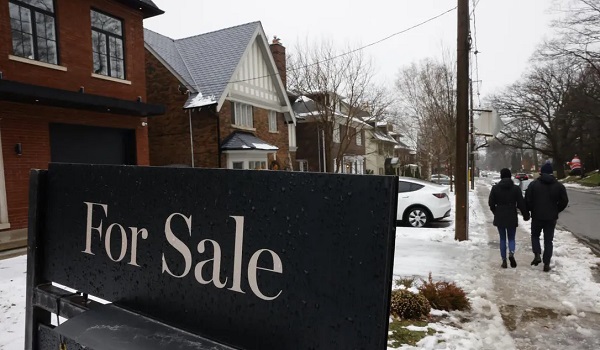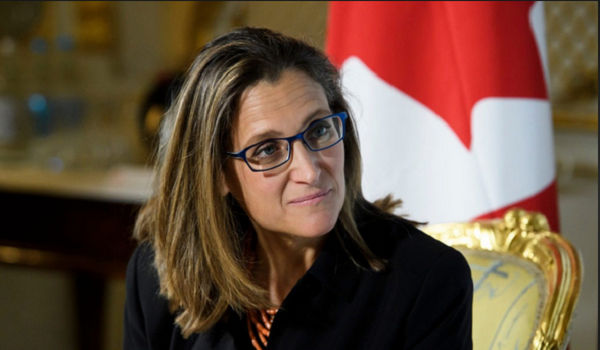It’s unlikely Toronto home prices will go up once rate cuts occur, economists say
Economists are forecasting that the first Bank of Canada’s rate cut will happen mid-2024, prompting concern from buyers that prices could run away and they’ll be priced out of the market once more. But Economists predict home prices will rise gradually in the second half of the year as interest rates slowly decrease.
Only once there’s a substantive rate drop of 100 to 150 basis points — taking the overnight lending rate from 5 per cent to 4 or 3.5 per cent — will buyers and investors flood the market again.
Canadian home prices are expected to increase modestly in the third and fourth quarter of 2024 by around one per cent, said Tony Stillo, director of Canada Economics at Oxford Economics, before picking up to a three per cent annual pace beginning in 2025.
“We’re hopeful the price increases will be more subdued than the 5 per cent historical annual average,” he said. “If prices increase by more than that the Bank of Canada won’t ease rates as quickly. The last thing they want is for the real estate market to kick off again.”
The anticipation of a rate cut has spurred a flurry of activity in Toronto’s real estate market as buyers fear a pandemic-era run-up in home prices once the Bank of Canada cuts rates. During the pandemic, the Bank of Canada set the overnight lending rate to 0.25 per cent resulting in historic lows for mortgage interest rates that sparked a feeding frenzy: buyers and investors jumped in to take advantage of unheard-of interest rates, pushing Toronto prices up more than 40 per cent in less than three years. But once the Bank of Canada began raising rates in March 2022 market activity dampened, investors fled and prices in Toronto dropped by almost 20 per cent.
It will be a tight balancing act for the Bank of Canada moving forward, Stillo said, as they need to cut rates to ease high mortgage costs but also can’t move too quickly to create a red-hot real estate market.
“The Bank has had a credibility problem for a few years and will move ahead cautiously,” he said. “They’d rather have tight monetary policy for longer than cut prematurely and reverse course. If they do, consumers won’t know what to expect.”
David Macdonald, senior economist with the Canadian Centre for Policy Alternatives, said the Bank of Canada’s overnight lending rate won’t go back to 0.25 per cent. The central bank will likely commit to a “slow reduction” of rates with bigger moves coming in 2025.
Currently, homebuyers who bought in 2021 and 2022 with five-year fixed rates still have “some of the best” mortgage interest rates and are unlikely to feel pressure to sell or move.
“There are many households who aren’t feeling the pressure of higher mortgage costs yet,” Macdonald said. “We’ll likely only see that in a couple years time.”

It will also be difficult for households to leverage up this year when the overall debt-to-income ratio sits at a near-record 173 per cent, economists say. While Toronto home prices have fallen by almost 20 per cent since the February 2022 peak, they’re still well above pre-pandemic levels. And with the overnight lending rate sitting at five per cent, mortgage interest costs are 27.4 per cent higher than a year ago.
“During the pandemic we saw a huge deterioration of affordability,” said Robert Hogue, senior economist at RBC. “It will take a long time to get back better affordability measures.”
First-time homebuyers feel the brunt of higher interest rates and prices, unable to qualify for mortgages, he said. And even investors who are rate sensitive will need to see interest rates drop before jumping back into the market. When investors piled into the market during the pandemic it led to excess “froth” as home prices ballooned and were artificially high. The market is unlikely to see that level of activity for some time, he said.
“The sharp increase in interest rates posed a big challenge for investors,” Hogue said. “To see a critical mass of them enter the market there would need to a substantial drop in interest rates.”
This article was reported by The Star















